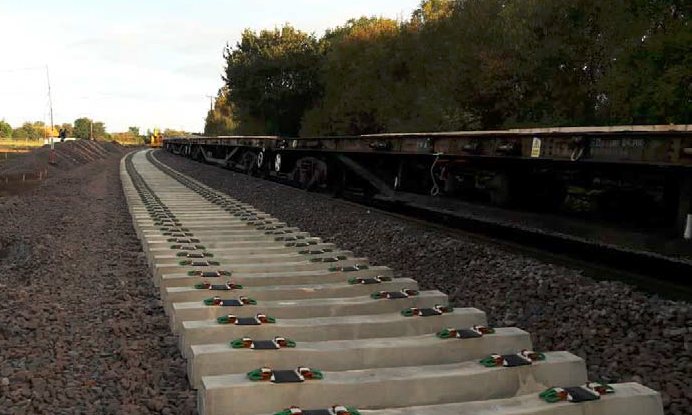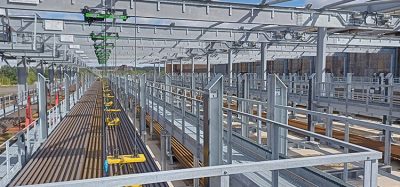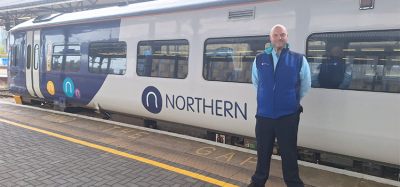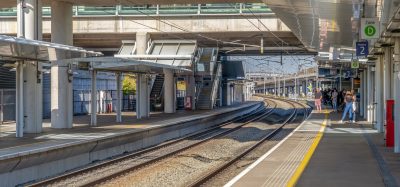The major upgrade of the Felixstowe branch line progresses further
Posted: 1 November 2018 | Global Railway Review | No comments yet
Extra track, that is ready to be installed on the line, will help increase freight transportation, reduce congestion and improve rail safety.


Network Rail engineers have installed 2,300 sleepers, along with ballast, in preparation for the start of the installation of track on the Felixstowe branch line.
This will form the 1.4km extra railway line between Trimley and the level crossing at Gun Lane. The work will support up to 10 additional freight trains in each direction per day, moving goods to and from the Port of Felixstowe. Passengers will also benefit from improved reliability between Felixstowe and Ipswich.
Meliha Duymaz, Network Rail’s Route Managing Director for Anglia, said: “We are making huge progress on this new section of track which will improve the strategic freight network as part of our Railway Upgrade Plan. This work is essential to increase the number of freight services using the railway while also improving reliability for passengers.”
The work also includes upgrades to four road level crossings between Trimley and Westerfield which will improve public safety while allowing more trains to run on the line.
In August 2018, permission was granted for a new Bridleway bridge, to be built on the site of the existing Gun Lane level crossing, which will provide an alternative safe route across the railway for walkers, horse riders and cyclists to access the local countryside. This will allow Network Rail to permanently close six pedestrian level crossings in the area, including Gun Lane, to improve public safety and enable more trains to run on the branch line.
Guy Bates, Head of Freight Development at Network Rail, said: “We’re now a matter of months from being able to realise the benefits of the Felixstowe capacity enhancement scheme, it will provide line capacity for more trains conveying more goods by rail and so fewer lorries on the road – this scheme is a critical step in developing rail capacity between the UK’s number one Port and the Midlands and the North.
“It is part of our wider Strategic Freight Network programme that over the past decade has laid the foundations for a progressive realisation of a set of freight capable corridors linking the nations key ports, centres of production, distribution and consumption – enabling rail freight to play an increasingly effective role in delivering for the UK economy and environment.”
Related topics
Cargo, Freight & Heavy-Haul, Infrastructure Developments, Track Construction








